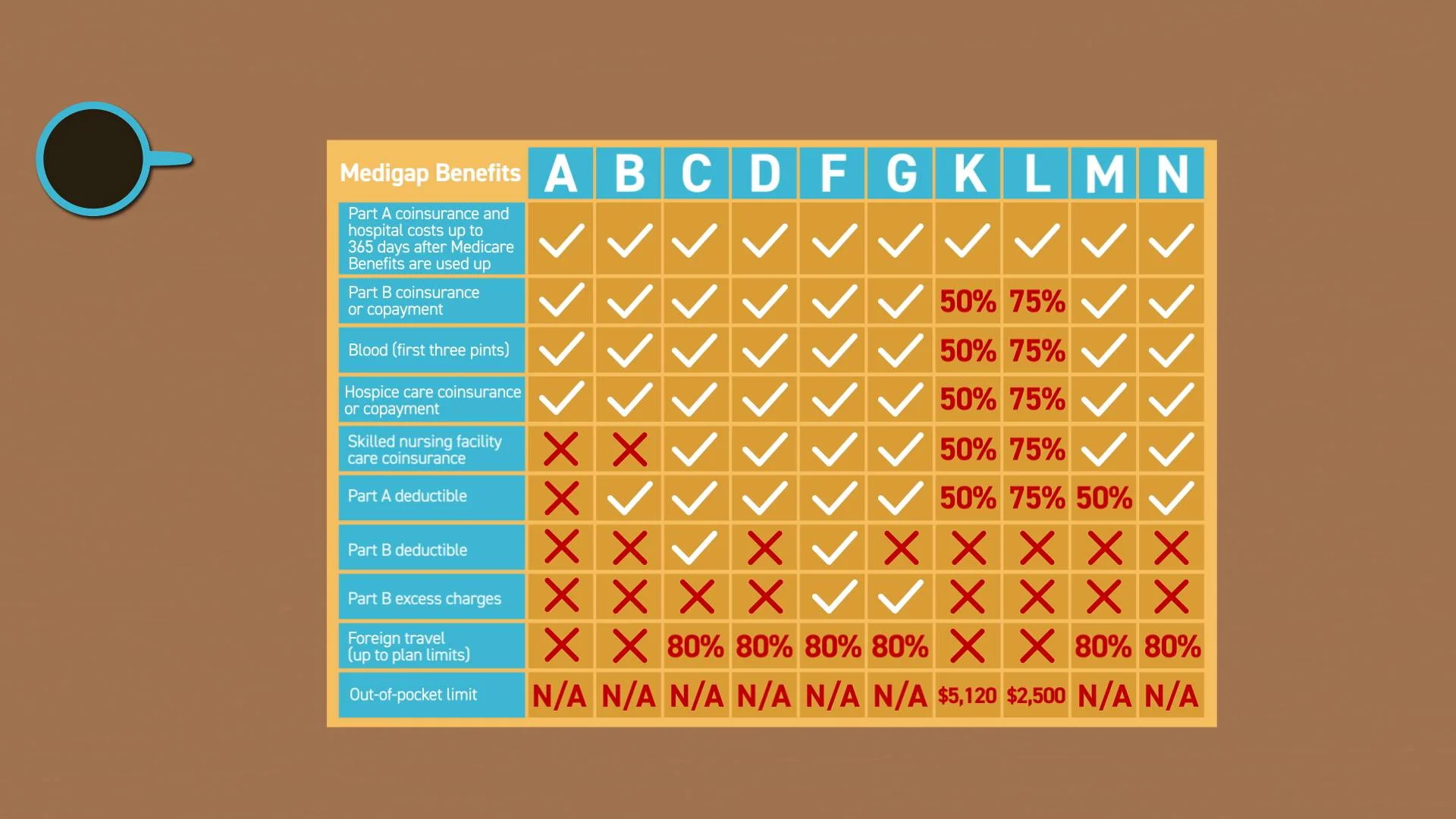Original Medicare – Part A and B – still stands today, but alone it is not enough for most beneficiaries. Many members expand their coverage by enrolling in a Medicare plan. Currently, there are two options available: Medicare Supplement (also known as Medigap) and Medicare Advantage. These plans assist in covering non-covered expenses beneficiaries must pay out-of-pocket like deductibles and co-pays.
Medicare Supplement and Advantage differ greatly and it is important to know these differences. Check out our comparison guide and see which Medicare plan is best for you.
What is Medicare Advantage?
Medicare Advantage refers to Medicare Part C and provides the same benefits as Part A and B, except for hospice care, a service covered by Part A. Under this plan, members would continue paying their Part B premium. Many Advantage plans offer Part D, which covers prescription drugs. This plan offers doctor visits, hospital stays and other health care providers within a network.
Medicare Advantage usually requires co-pays and deductibles. However, unlike Original Medicare, these payments put annual limits on how much you pay out-of-pocket. Once you’ve reached that limit, the plan will cover your medical bills for the remainder of the year. This means you won’t have to pay anymore after reaching the spending limit.
What is Medicare Supplement?
Medicare Supplement or Medigap, is private plan coverage that pays for most of your out-of-pocket costs like co-pays, deductibles, and premiums and picks up where Original Medicare stops. Medicare Supplement has 10 sub-plans in 47 states, while three states—Wisconsin, Minnesota, and Massachusetts have their own customized plans.
The 10 standard Medigap plans are marked by the letters A, B, C, D, F, G, K, L, M, N. Once enrolled in Medigap, your plan will cover the portion of your bill, once Original Medicare has paid its claims.
However, Medicare Supplement plans do not cover prescription drugs – that’s where Part D comes in.
Medicare Supplement vs. Medicare Advantage
| Out-of-Pocket Costs | Little to no co-pays | Has Co-Pays |
| Premium | Higher premiums | Lower Premiums |
| Networks | You can see any doctor nationwide that accepts Medicare | You may be required to use in-network doctors and hospitals |
| How It Works With Original Medicare | Fills the gaps left by Medicare Parts A & B | Includes Original Medicare, may include extra benefits such as routine dental, vision, and hearing (all plans may not include this) |
| Part D (Prescription Drug Coverage) | Prescription Drug Coverage is purchased separately | Many plans include Prescription Drug Coverage |
| Plan Communication | Little paperwork, utilizes an automatic check to providers | Some paperwork as members pay directly to providers |
| Enrollment Periods | You can apply any time after you turn 65 and join Medicare Part B; best time to enroll is your Medigap Open Enrollment Period where no underwriting is required | There are specific enrollment periods each year, such as the Medicare Open Enrollment Period (Oct. 15 - Dec. 7) |
| Cards Allotted | 3 Cards - Medicare Red, White & Blue Card; Medigap Card, Part D Card | One Medicare Advantage Card |
Deciding which plan is best for you depends on a variety of situations. Our licensed agents can recommend a solution that is best for you.
How to use a Medigap Chart
Informational Disclaimer
Our clients across the country come to us from a variety of situations. Because of that, the information above is not designed to make a suggestion for you. It is simply highlighting the differences between Medicare Supplement and Medicare Advantage. Our licensed agents only recommend a solution for you once they know what type of coverage would fit you best.
